Home>Renovation & DIY>Tools & Equipment>How To Remove Rust From Screwdriver
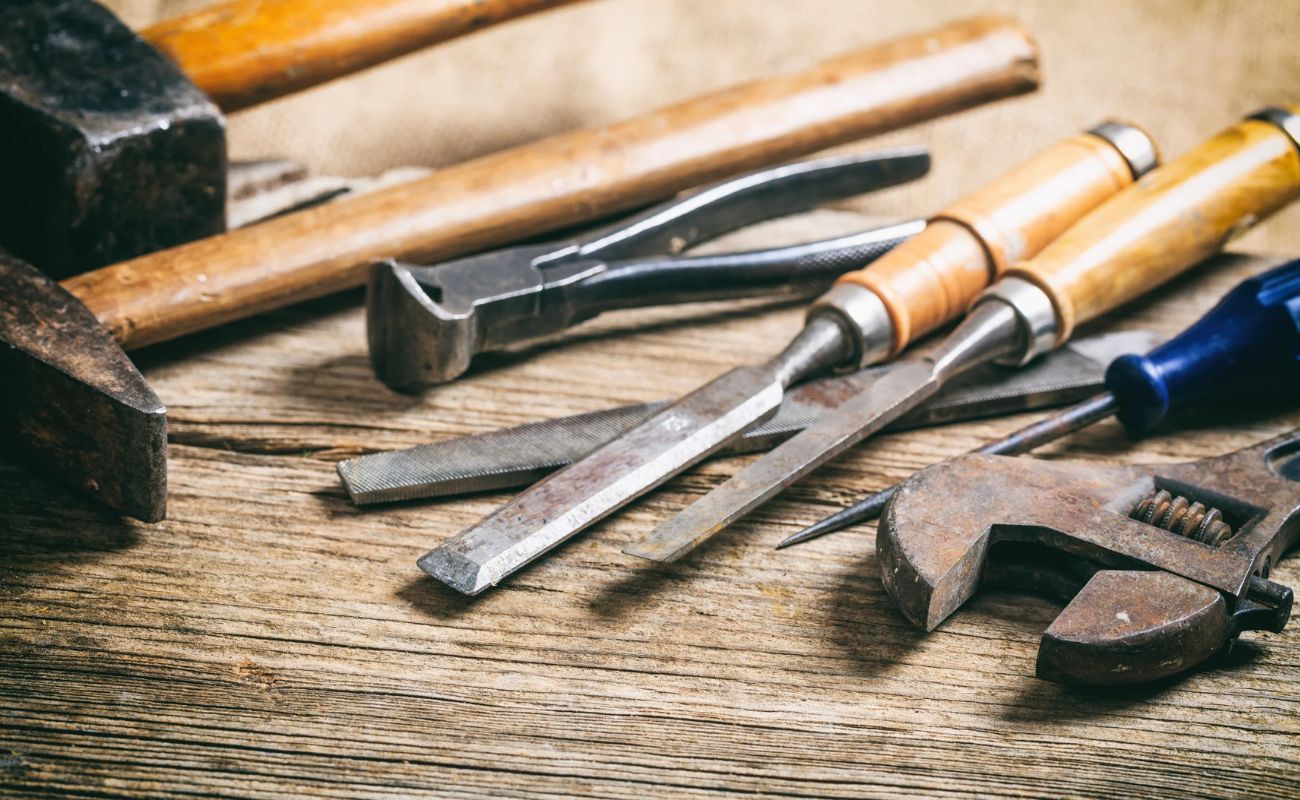

Tools & Equipment
How To Remove Rust From Screwdriver
Modified: September 2, 2024
Learn effective techniques for removing rust from screwdrivers and other tools and equipment. Keep your tools in top condition with these rust removal tips.
(Many of the links in this article redirect to a specific reviewed product. Your purchase of these products through affiliate links helps to generate commission for Storables.com, at no extra cost. Learn more)
**
Introduction
**
Screwdrivers are essential tools in any handyman's arsenal, serving a multitude of purposes from assembling furniture to repairing electronics. However, over time, these trusty tools can fall victim to rust, which not only diminishes their aesthetic appeal but also compromises their functionality. Rust, a reddish-brown iron oxide, forms when iron and oxygen react with moisture or water. This natural process can be accelerated when screwdrivers are exposed to humid or damp conditions, leading to the formation of unsightly and damaging rust.
In this comprehensive guide, we will delve into the various methods for removing rust from screwdrivers using common household items and specialized solutions. From the classic vinegar and baking soda to the acidic power of lemon juice, we will explore natural remedies that can restore your screwdrivers to their former glory. Additionally, we will discuss the mechanical approach of using sandpaper and the effectiveness of rust remover solutions. Furthermore, we will provide insights into preventing rust from reoccurring, ensuring the longevity of your screwdrivers.
Whether you are a DIY enthusiast, a professional tradesperson, or someone who simply wants to maintain their tools, this guide will equip you with the knowledge to combat rust and preserve the integrity of your screwdrivers. Let's embark on this journey to rejuvenate your trusty tools and keep them in prime condition for years to come.
Key Takeaways:
- Say goodbye to rusty screwdrivers by using household items like vinegar, baking soda, and lemon juice. Prevent rust by storing screwdrivers properly and applying protective coatings.
- Combat stubborn rust on screwdrivers with sandpaper or specialized rust remover solutions. Keep screwdrivers rust-free by routine cleaning and avoiding exposure to corrosive substances.
Read more: How To Remove Rust From Calipers
Understanding Rust and Its Effects
Before delving into the methods for removing rust from screwdrivers, it is crucial to understand the nature of rust and its detrimental effects on metal tools. Rust, scientifically known as iron oxide, is a reddish-brown compound that forms when iron and oxygen undergo a chemical reaction in the presence of moisture or water. This process, known as corrosion, can be accelerated by environmental factors such as humidity, exposure to water, and contact with corrosive substances.
When screwdrivers succumb to rust, several adverse effects manifest, impacting both their functionality and longevity. Firstly, rust compromises the structural integrity of the metal, causing it to weaken and become brittle. This can lead to the deformation or breakage of the screwdriver, rendering it ineffective for its intended purpose. Additionally, the presence of rust can hinder the smooth operation of the screwdriver, resulting in difficulty when engaging with screws and fasteners.
Beyond the mechanical implications, rust also tarnishes the appearance of screwdrivers, diminishing their aesthetic appeal. This not only reflects poorly on the tool’s overall condition but also signifies neglect in maintenance, potentially impacting the user’s professional image. Furthermore, prolonged exposure to rust can lead to irreversible damage, necessitating the replacement of the affected screwdrivers.
Understanding the insidious nature of rust and its detrimental effects underscores the importance of proactive maintenance and regular inspection of tools. By addressing rust at its onset and implementing preventive measures, screwdrivers can be safeguarded against corrosion, ensuring their reliability and longevity.
Methods for Removing Rust from Screwdrivers
When faced with the unsightly presence of rust on screwdrivers, various methods can be employed to restore them to their former pristine condition. These methods range from utilizing common household items to employing specialized solutions, offering a diverse array of options to cater to different preferences and resources.
From the mild acidity of vinegar to the abrasive power of sandpaper, each approach offers a unique way to combat rust and rejuvenate your trusty screwdrivers. Let’s explore these methods in detail to equip you with the knowledge and tools necessary to effectively remove rust from your screwdrivers.
Using Vinegar
Vinegar, a versatile household staple, serves as an effective rust removal agent due to its mild acidity. To utilize vinegar for removing rust from screwdrivers, begin by submerging the affected tools in a container filled with white vinegar. Allow the screwdrivers to soak for several hours or overnight, ensuring that the rusted areas are fully immersed in the vinegar solution. The mild acidity of the vinegar works to dissolve the rust, gradually loosening its grip on the metal surface.
After the soaking period, remove the screwdrivers from the vinegar solution and scrub them with a wire brush or abrasive pad to dislodge the softened rust. For stubborn rust deposits, a toothbrush can be used to access intricate crevices and tight spaces. Once the rust has been loosened, thoroughly rinse the screwdrivers with water to remove any residual vinegar and rust particles.
Following the rinsing process, dry the screwdrivers completely to prevent the formation of new rust. This can be achieved by using a clean cloth or towel to remove excess moisture before allowing the screwdrivers to air-dry fully. Once dry, consider applying a thin coat of oil or lubricant to the metal surfaces to provide a protective barrier against future rust formation.
Utilizing vinegar as a rust removal method offers a cost-effective and environmentally friendly solution, making it an accessible option for individuals seeking to restore their rusted screwdrivers without the use of harsh chemicals.
Using Baking Soda
Baking soda, renowned for its versatility in household applications, can be harnessed as a gentle yet effective rust removal agent for screwdrivers. To initiate the rust removal process using baking soda, create a paste by mixing baking soda with water to form a thick, spreadable consistency. This paste can be applied directly to the rusted areas of the screwdrivers, ensuring thorough coverage of the affected surfaces.
Once the baking soda paste has been applied, allow it to sit on the rusted areas for a period of time, typically around 30 minutes to an hour. This dwell time enables the alkaline properties of the baking soda to interact with the rust, facilitating its loosening from the metal surface. For more stubborn rust deposits, gently scrub the affected areas with a toothbrush or an abrasive pad to aid in dislodging the rust particles.
Following the dwell time and gentle scrubbing, thoroughly rinse the screwdrivers with water to remove the baking soda paste and dislodged rust particles. It is essential to ensure that all remnants of the paste are removed to prevent any potential residue from affecting the metal surfaces. Once rinsed, dry the screwdrivers completely using a clean cloth or towel, and allow them to air-dry thoroughly to prevent the onset of new rust.
After the screwdrivers have dried, consider applying a light coating of oil or lubricant to the metal surfaces to provide a protective barrier against future rust formation. This additional step can contribute to prolonging the screwdrivers’ resistance to corrosion, enhancing their longevity and functionality.
By leveraging the gentle abrasive and alkaline properties of baking soda, individuals can effectively remove rust from screwdrivers while minimizing the risk of damage to the metal surfaces, making it a safe and accessible rust removal method.
Soak the rusted screwdriver in white vinegar for a few hours, then scrub with a wire brush or steel wool. Rinse and dry thoroughly. Apply a light coat of oil to prevent future rust.
Read more: How To Remove Rust From Glass
Using Lemon Juice
Lemon juice, celebrated for its natural acidic properties, can serve as an effective and environmentally friendly rust removal agent for screwdrivers. To initiate the rust removal process using lemon juice, begin by applying fresh lemon juice directly onto the rusted areas of the screwdrivers. The natural acidity of the lemon juice facilitates the breakdown of the rust, aiding in its dislodgement from the metal surfaces.
After applying the lemon juice, allow the screwdrivers to sit for a period of time, typically around 30 minutes to an hour, to enable the acidic properties to interact with the rust. This dwell time is essential for maximizing the effectiveness of the rust removal process. For more stubborn rust deposits, gently scrub the affected areas with a toothbrush or an abrasive pad to assist in loosening the rust particles.
Following the dwell time and gentle scrubbing, thoroughly rinse the screwdrivers with water to remove the lemon juice and dislodged rust particles. It is crucial to ensure that all remnants of the lemon juice and rust are eliminated to prevent any potential residue from affecting the metal surfaces. Once rinsed, dry the screwdrivers completely using a clean cloth or towel, and allow them to air-dry thoroughly to prevent the onset of new rust.
After the screwdrivers have dried, consider applying a light coating of oil or lubricant to the metal surfaces to provide a protective barrier against future rust formation. This additional step can contribute to prolonging the screwdrivers’ resistance to corrosion, enhancing their longevity and functionality.
Utilizing lemon juice as a rust removal method offers a natural and sustainable approach to restoring rusted screwdrivers, making it an appealing option for individuals seeking environmentally conscious solutions for tool maintenance.
Using Sandpaper
When faced with stubborn rust on screwdrivers, the mechanical approach of using sandpaper can serve as an effective method for restoring the metal surfaces to their original condition. To commence the rust removal process using sandpaper, select a fine-grit sandpaper, typically in the range of 180 to 220 grit, to gently abrade the rusted areas of the screwdrivers. It is essential to exercise caution and utilize a light touch to avoid damaging the metal surfaces while effectively removing the rust.
Begin by lightly sanding the rusted areas in a back-and-forth motion, exerting gentle pressure to gradually lift the rust from the metal surfaces. It is advisable to periodically assess the progress to prevent over-sanding and ensure that the underlying metal is not compromised. For intricate or hard-to-reach areas, consider using sandpaper wrapped around a small, narrow tool to access confined spaces without causing damage.
As the rust is gradually removed through the sanding process, periodically wipe the screwdrivers with a clean, dry cloth to assess the extent of rust removal and prevent the accumulation of abrasive particles. This step allows for a clear evaluation of the remaining rust and facilitates a controlled approach to achieving the desired restoration of the metal surfaces.
Following the completion of the sanding process and the successful removal of rust, thoroughly clean the screwdrivers to eliminate any residual abrasive particles and metal debris. This can be accomplished by wiping the screwdrivers with a damp cloth followed by a dry cloth to ensure that the metal surfaces are free from any remnants of the sanding process.
Once the screwdrivers have been cleaned, consider applying a light coating of oil or lubricant to the metal surfaces to provide a protective barrier against future rust formation. This final step contributes to preserving the restored metal surfaces and safeguarding the screwdrivers from potential corrosion.
Employing sandpaper as a rust removal method offers a hands-on and effective approach for addressing stubborn rust on screwdrivers, providing a viable solution for restoring their functionality and visual appeal.
Using Rust Remover Solution
For severe cases of rust on screwdrivers, the utilization of a specialized rust remover solution can offer an effective and targeted approach to restoring the metal surfaces to their original condition. Rust remover solutions are formulated to dissolve and eliminate rust, providing a comprehensive solution for addressing extensive corrosion on metal tools.
To initiate the rust removal process using a rust remover solution, begin by applying the solution directly onto the rusted areas of the screwdrivers. Ensure that the affected surfaces are thoroughly coated with the rust remover solution, allowing it to penetrate the rust and facilitate its dissolution from the metal surfaces. The dwell time required for the solution to effectively remove the rust may vary based on the specific product and the severity of the rust deposits.
After the designated dwell time, use a wire brush or abrasive pad to gently scrub the rusted areas, aiding in dislodging the dissolved rust particles from the metal surfaces. It is crucial to follow the manufacturer’s instructions and safety guidelines when handling and applying rust remover solutions to ensure optimal results and minimize potential risks.
Following the scrubbing process, thoroughly rinse the screwdrivers with water to remove the rust remover solution and dislodged rust particles. This step is essential to eliminate any residual solution and remnants of rust, preventing potential residue from affecting the metal surfaces. Once rinsed, dry the screwdrivers completely using a clean cloth or towel, and allow them to air-dry thoroughly to prevent the onset of new rust.
After the screwdrivers have dried, consider applying a light coating of oil or lubricant to the metal surfaces to provide a protective barrier against future rust formation. This final step contributes to preserving the restored metal surfaces and safeguarding the screwdrivers from potential corrosion, ensuring their long-term functionality and durability.
Utilizing a rust remover solution as a rust removal method offers a targeted and potent approach for addressing severe rust on screwdrivers, providing a comprehensive solution for restoring the metal surfaces to their original state.
Preventing Rust on Screwdrivers
Preventive maintenance plays a pivotal role in safeguarding screwdrivers from the detrimental effects of rust, ensuring their longevity and optimal performance. By implementing proactive measures and adhering to best practices, individuals can effectively prevent rust formation and preserve the integrity of their screwdrivers. Here are key strategies for preventing rust on screwdrivers:
- Proper Storage: Store screwdrivers in a dry environment with controlled humidity to minimize exposure to moisture, a primary catalyst for rust formation. Consider utilizing airtight toolboxes or storage containers equipped with desiccants to absorb excess moisture and maintain an optimal storage environment.
- Protective Coatings: Apply a protective coating of oil, lubricant, or specialized rust-inhibiting products to the metal surfaces of screwdrivers. These coatings create a barrier against moisture and oxygen, effectively thwarting the onset of rust and corrosion. Regularly inspect and reapply the protective coatings to ensure sustained protection.
- Routine Cleaning: Establish a routine for cleaning and inspecting screwdrivers to promptly address any signs of corrosion or rust. Use mild soapy water and a soft brush to clean the metal surfaces, followed by thorough drying to prevent moisture accumulation. Regular cleaning removes contaminants that can contribute to rust formation.
- Avoid Exposure to Corrosive Substances: Limit the exposure of screwdrivers to corrosive substances such as chemicals, acids, and harsh solvents. These substances can accelerate the corrosion process and compromise the metal integrity. Exercise caution when using screwdrivers in environments with potential exposure to corrosive agents.
- Use Rust-Inhibiting Storage Solutions: Consider utilizing rust-inhibiting drawer liners or storage materials designed to minimize moisture retention and inhibit rust formation. These specialized storage solutions provide an additional layer of protection for screwdrivers during prolonged periods of storage.
By incorporating these preventive measures into tool maintenance practices, individuals can effectively mitigate the risk of rust formation on screwdrivers, preserving their functionality and aesthetic appeal. Consistent vigilance and proactive care are essential in ensuring that screwdrivers remain free from the damaging effects of rust, extending their lifespan and reliability.
Read more: How To Remove Rust From Stucco
Conclusion
As indispensable tools in various applications, screwdrivers are susceptible to the pervasive threat of rust, which can compromise their functionality and longevity. However, armed with the knowledge and methods for rust removal, individuals can effectively rejuvenate their rusted screwdrivers and prevent future corrosion, ensuring that these essential tools remain in prime condition.
From the natural remedies of vinegar, baking soda, and lemon juice to the mechanical approach of using sandpaper and the targeted efficacy of rust remover solutions, a diverse array of methods are available to combat rust and restore screwdrivers to their former glory. Each method offers unique benefits and caters to different preferences, providing accessible and effective solutions for addressing rusted tool surfaces.
Furthermore, the implementation of preventive measures, such as proper storage, protective coatings, routine cleaning, and avoidance of corrosive substances, serves as a critical line of defense against rust formation. By integrating these preventive strategies into tool maintenance practices, individuals can proactively safeguard their screwdrivers from the insidious effects of corrosion, ensuring sustained reliability and performance.
Ultimately, the preservation of screwdrivers from rust is a testament to the commitment to tool care and maintenance. By embracing the methods for rust removal and adopting preventive measures, individuals can uphold the integrity of their screwdrivers, prolonging their lifespan and optimizing their functionality for a wide range of tasks and projects.
With the knowledge and strategies presented in this guide, individuals are empowered to combat rust, preserve their screwdrivers, and embark on a journey of proactive tool maintenance, ensuring that these indispensable tools remain steadfast allies in the pursuit of craftsmanship and DIY endeavors.
Frequently Asked Questions about How To Remove Rust From Screwdriver
Was this page helpful?
At Storables.com, we guarantee accurate and reliable information. Our content, validated by Expert Board Contributors, is crafted following stringent Editorial Policies. We're committed to providing you with well-researched, expert-backed insights for all your informational needs.
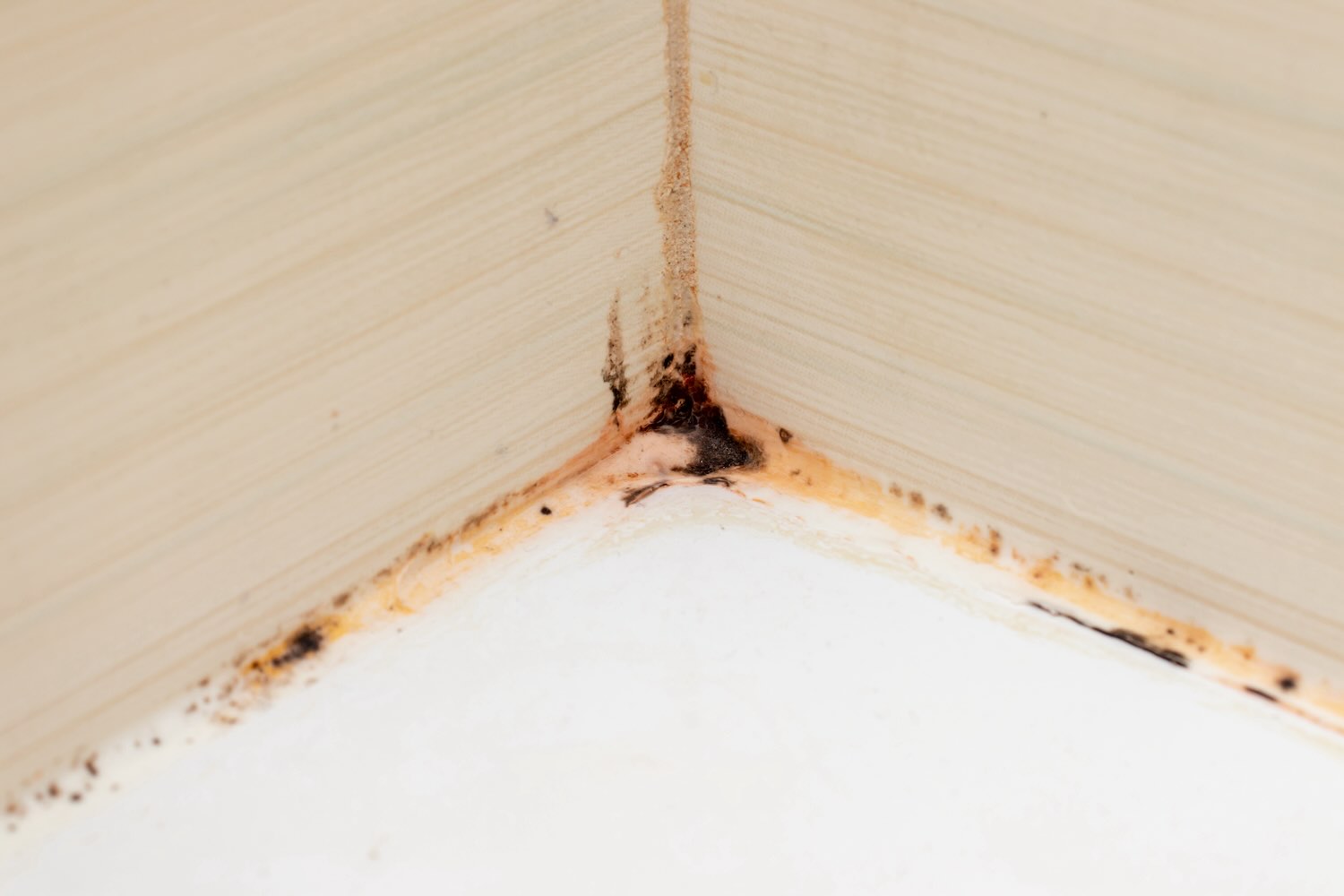
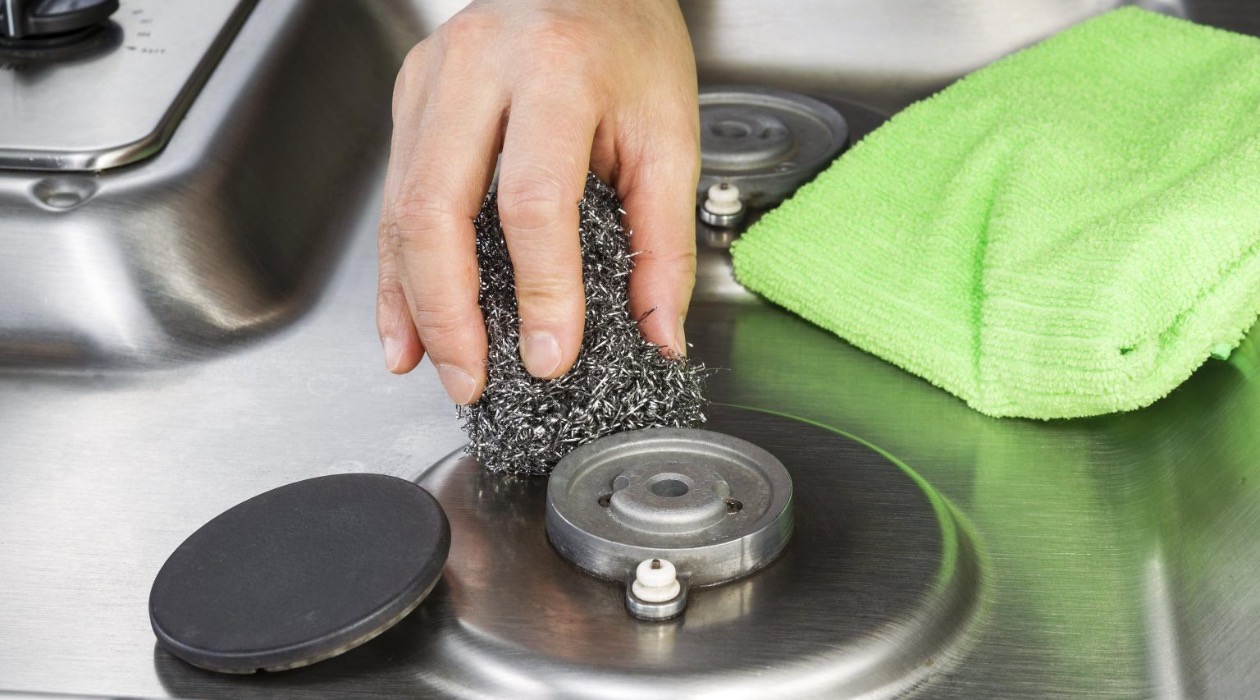
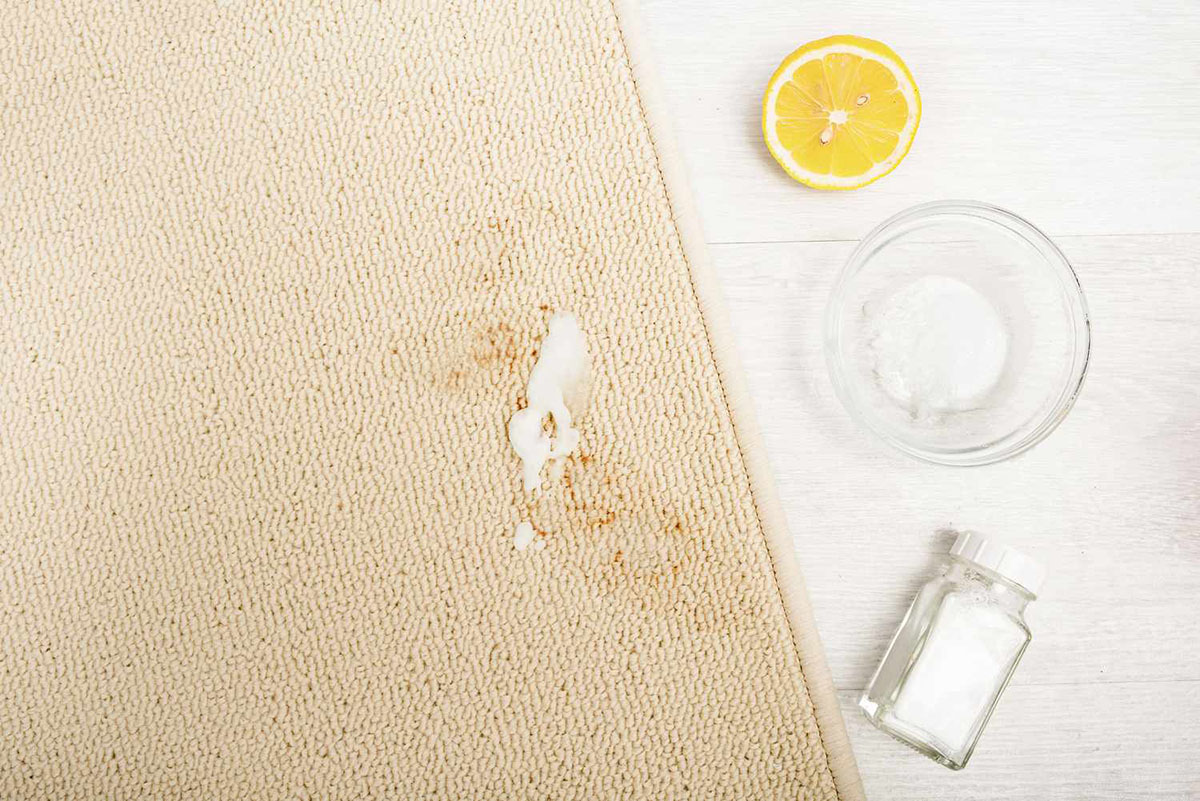
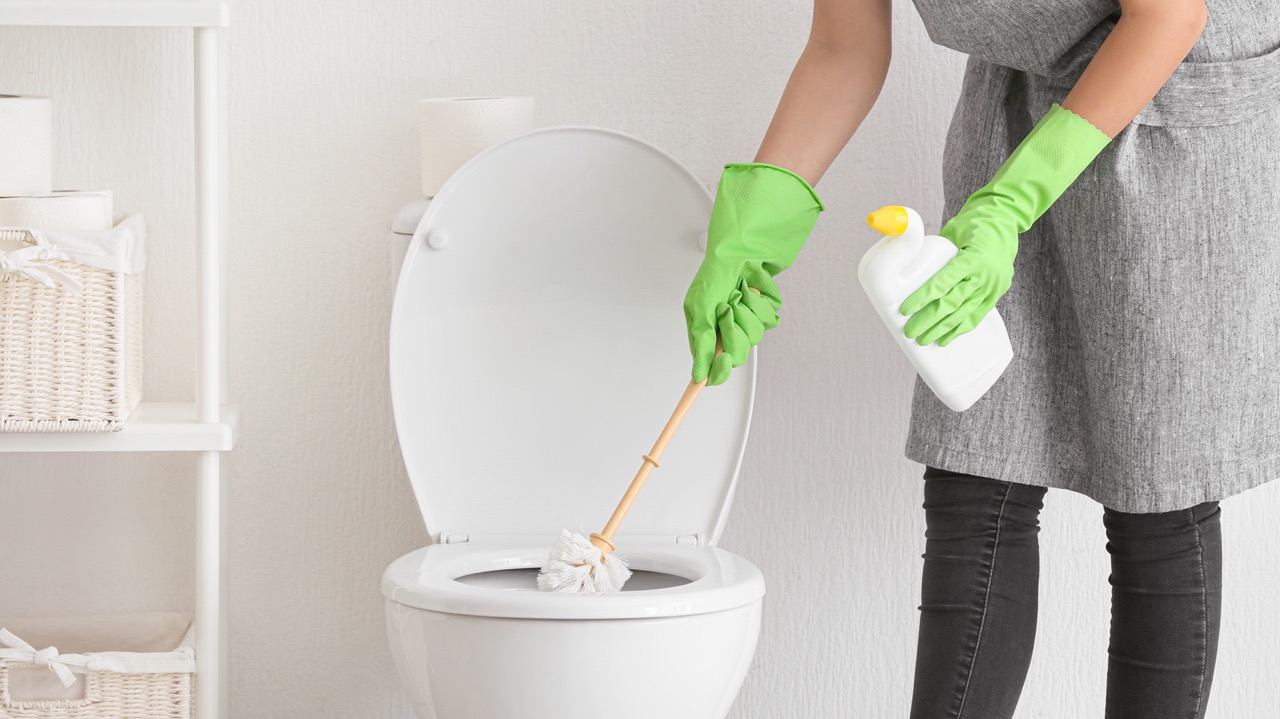
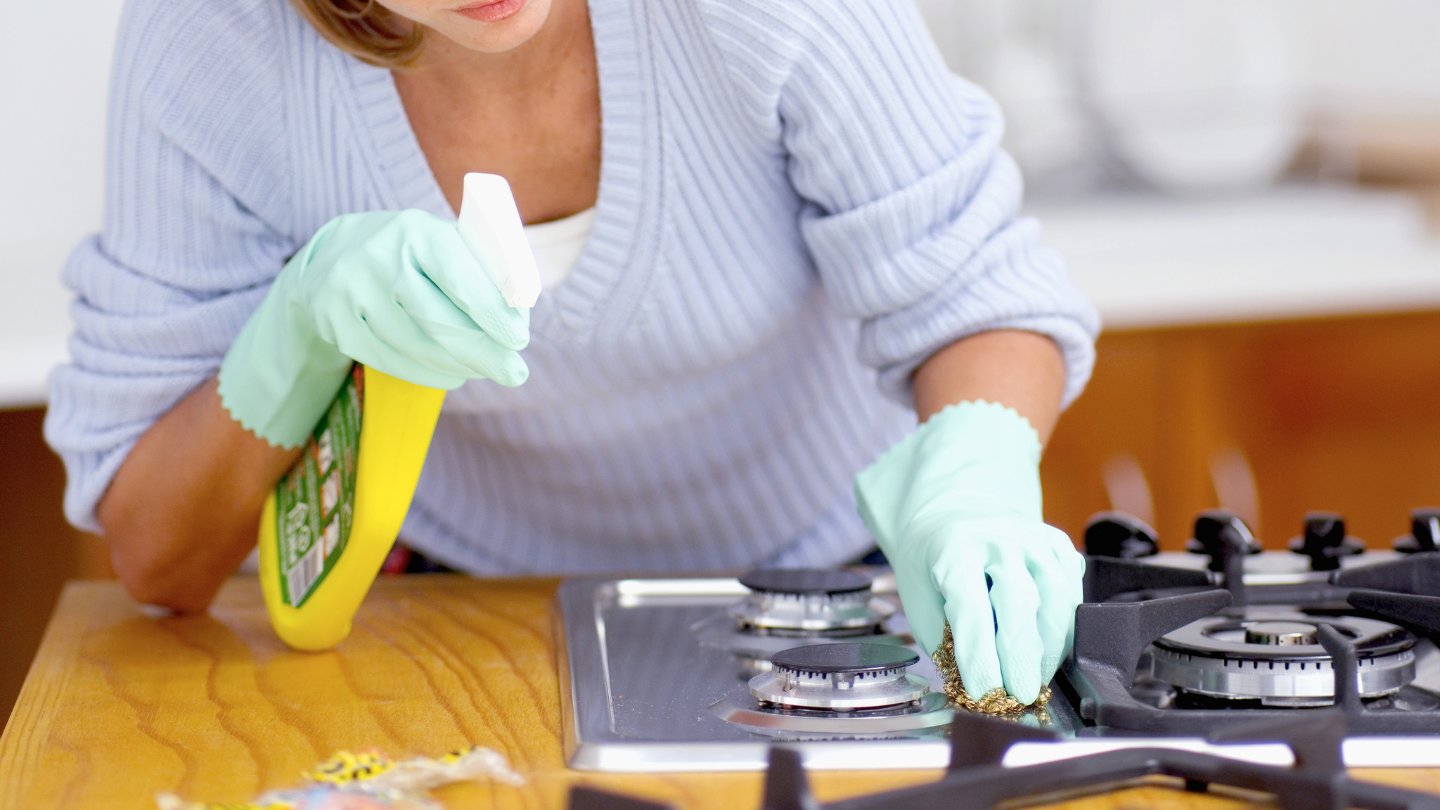
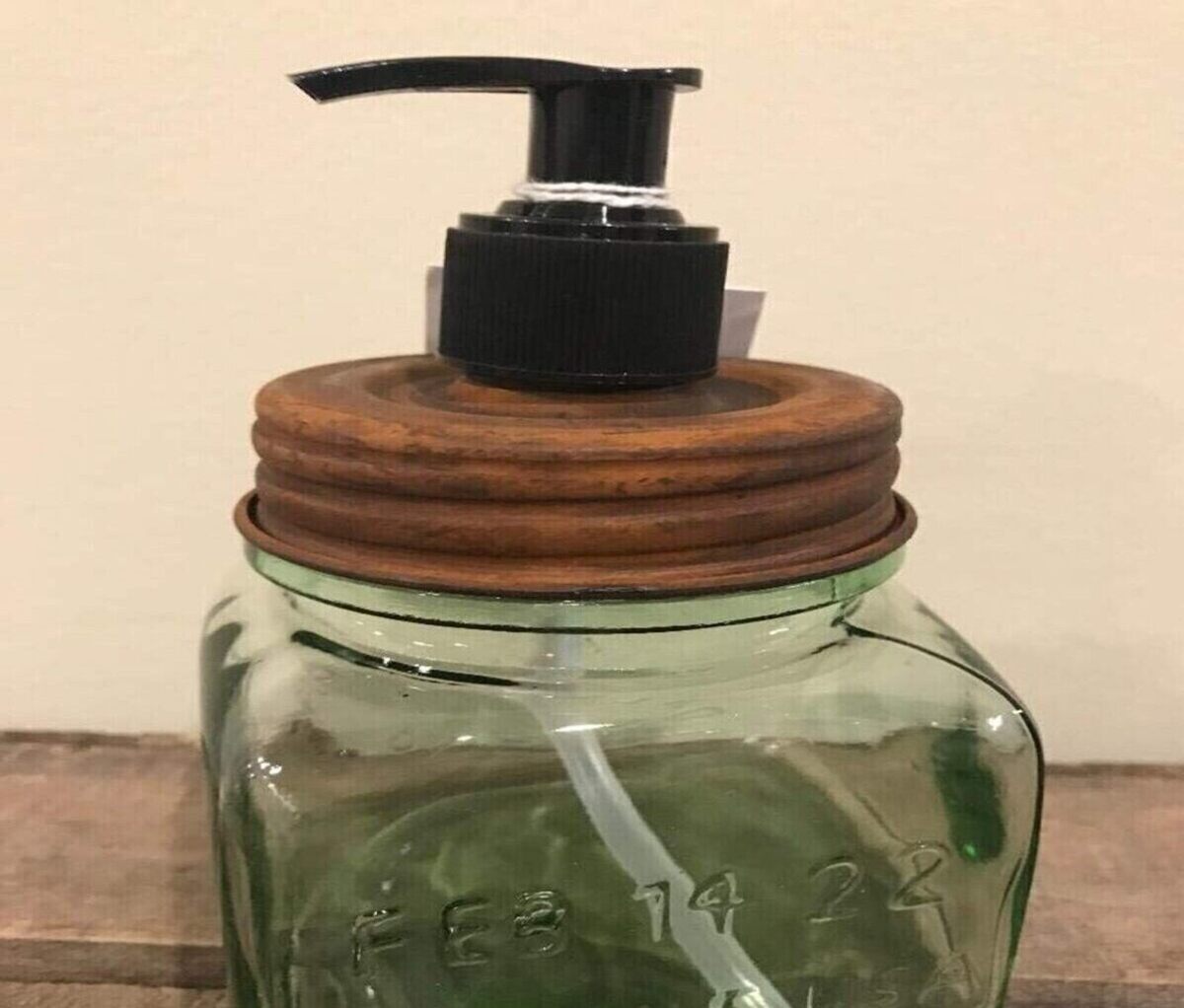


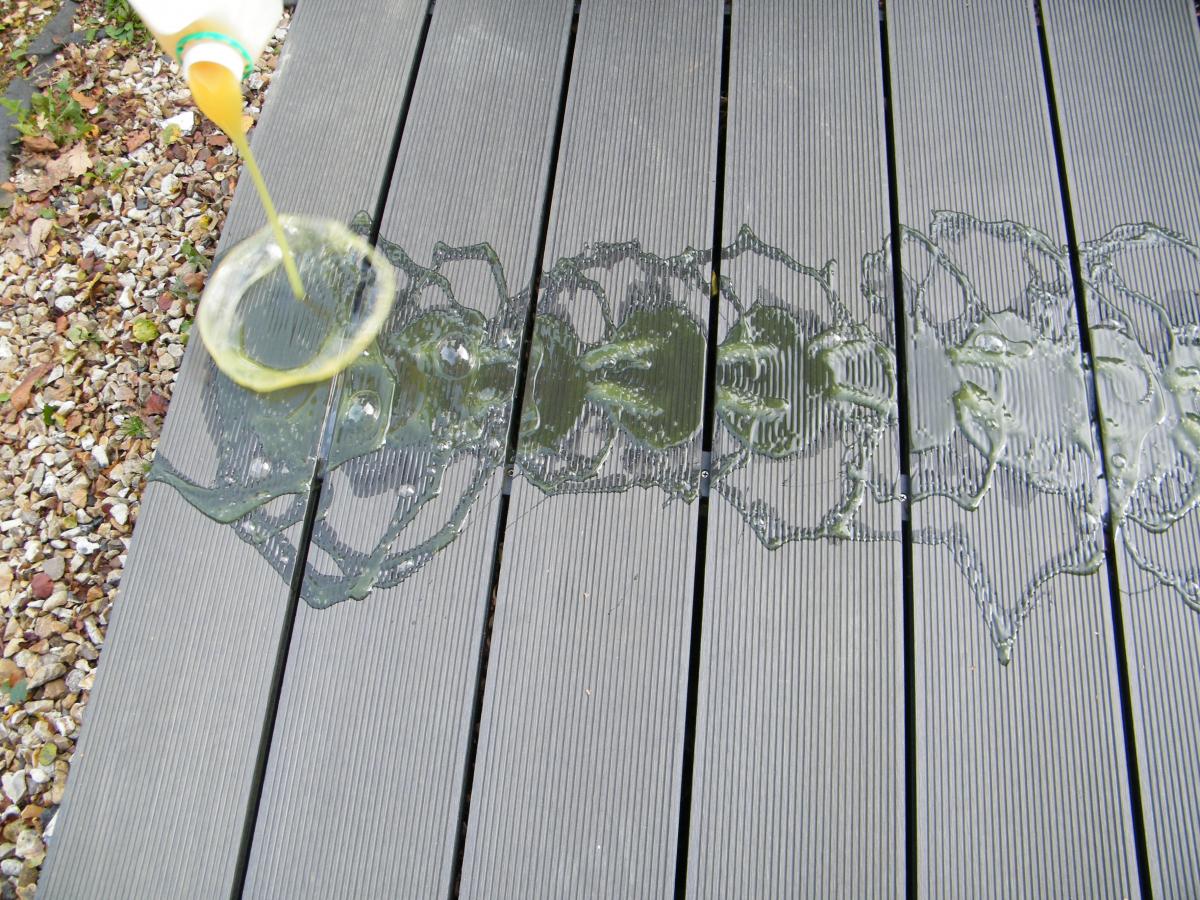

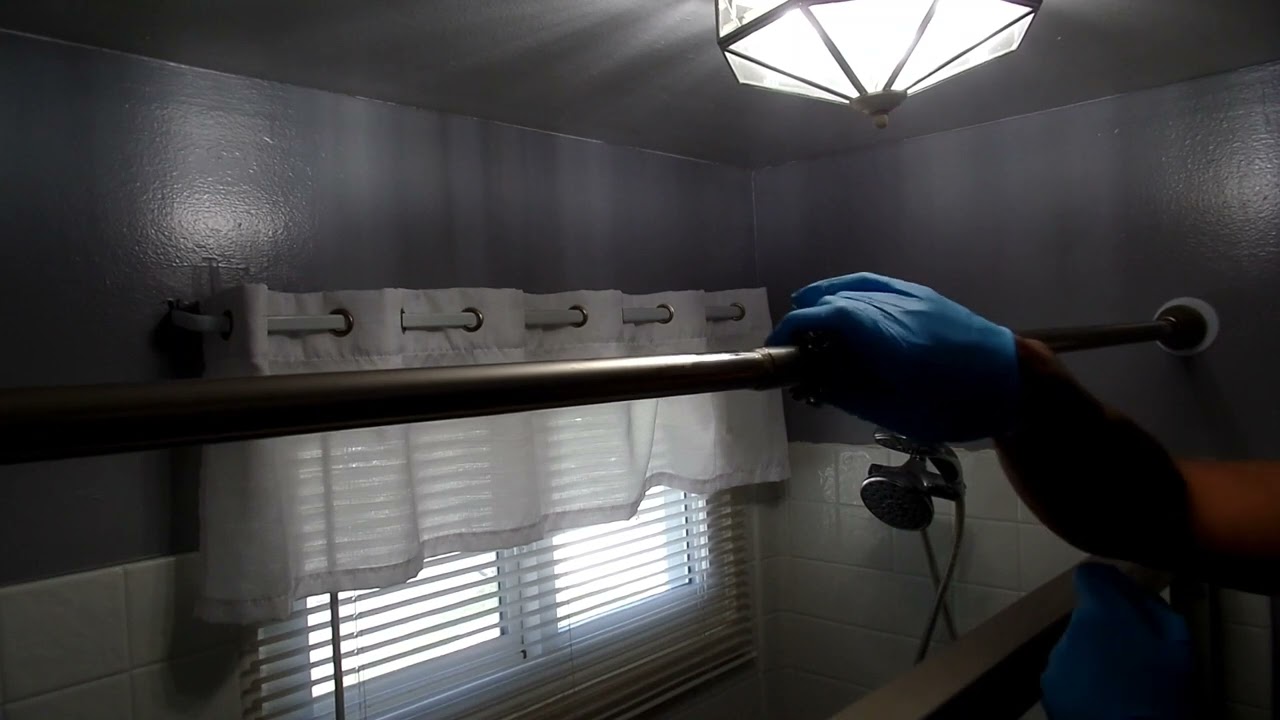
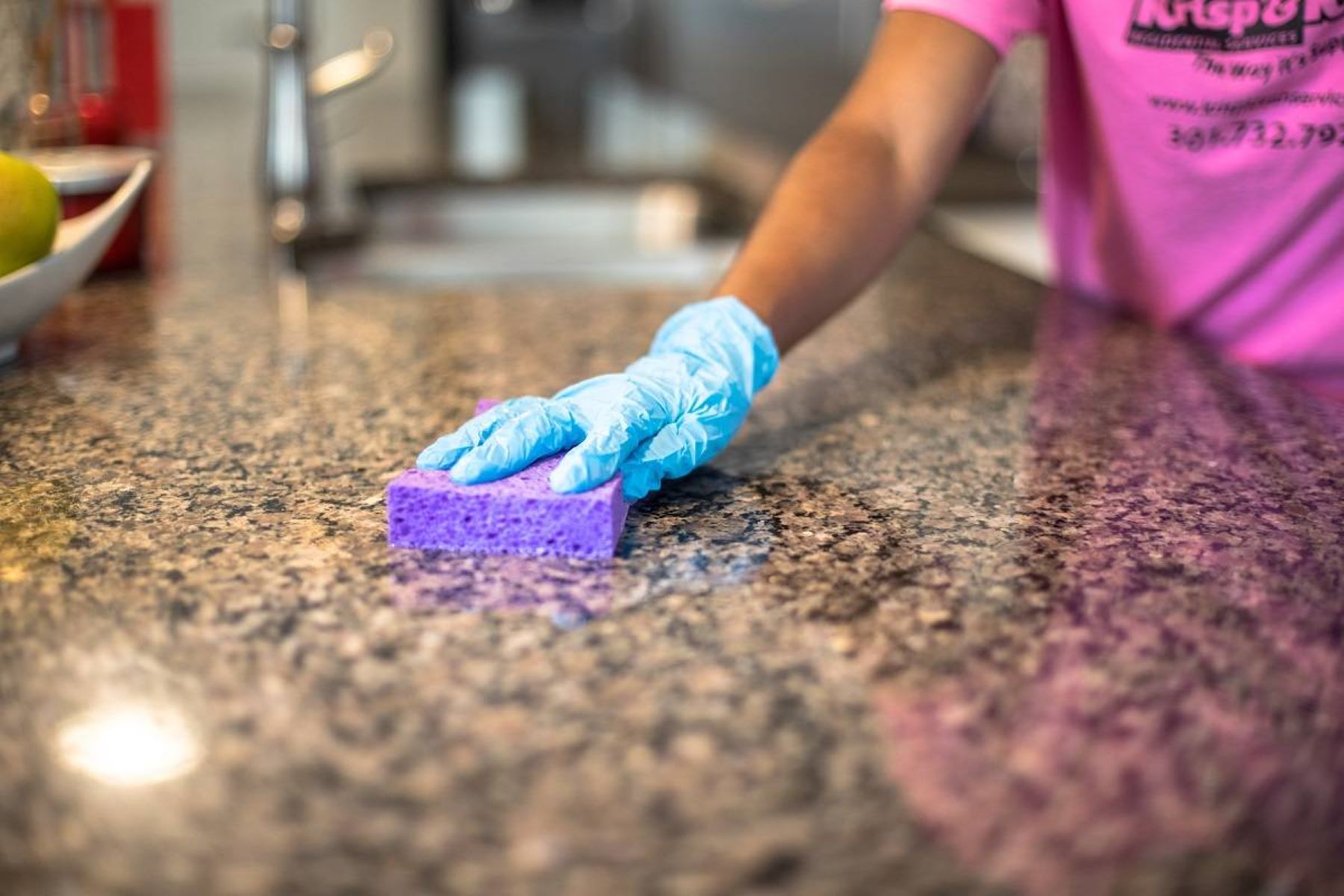
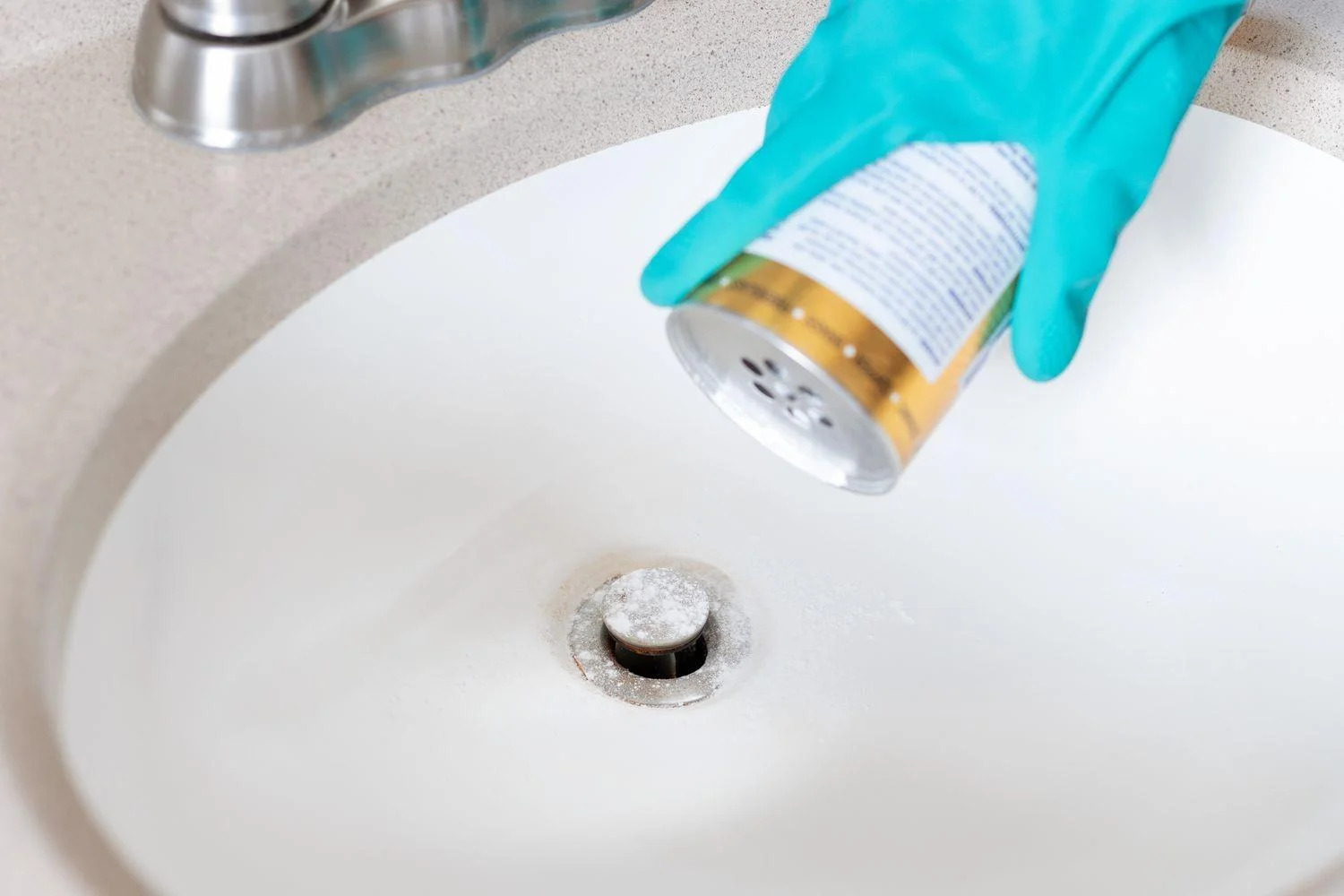

0 thoughts on “How To Remove Rust From Screwdriver”